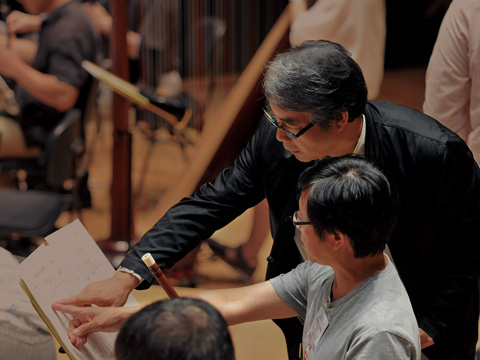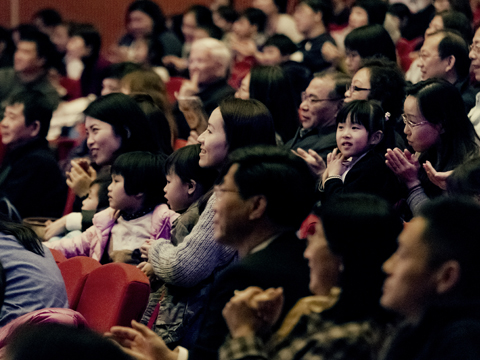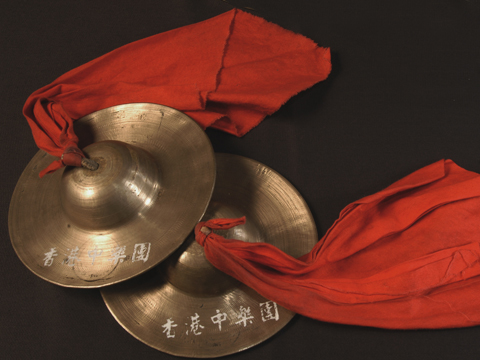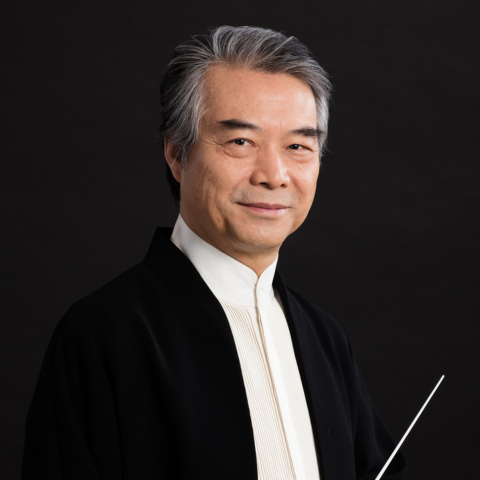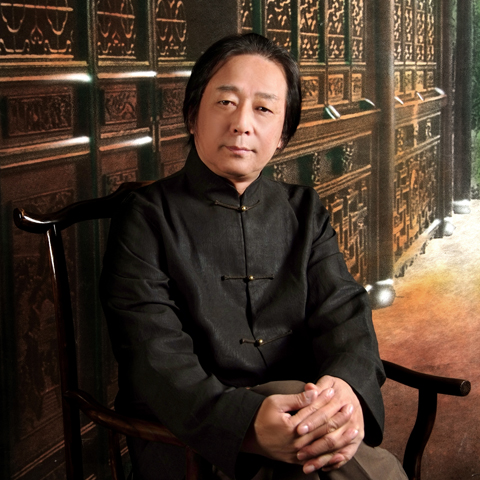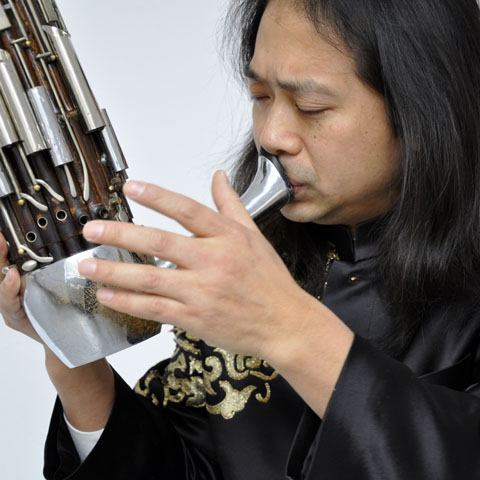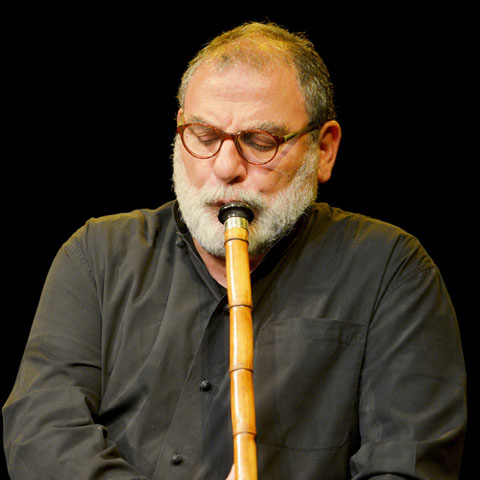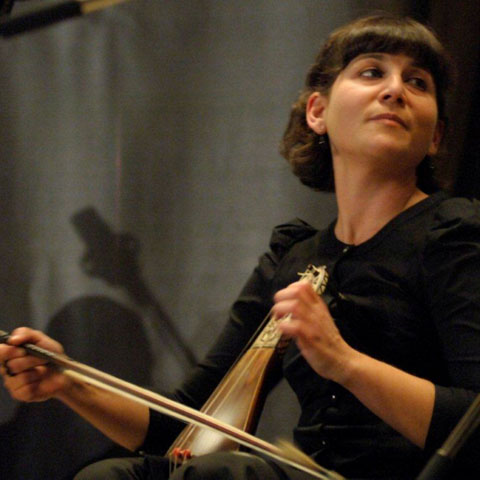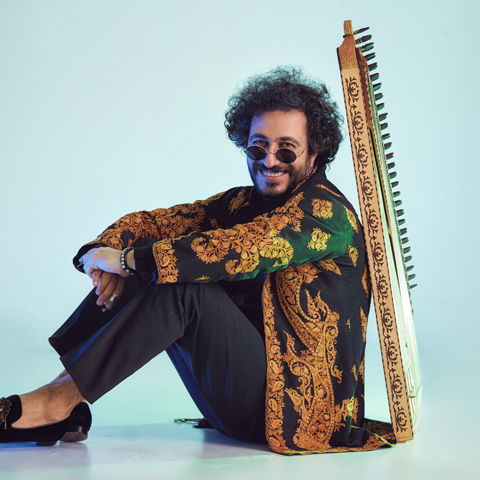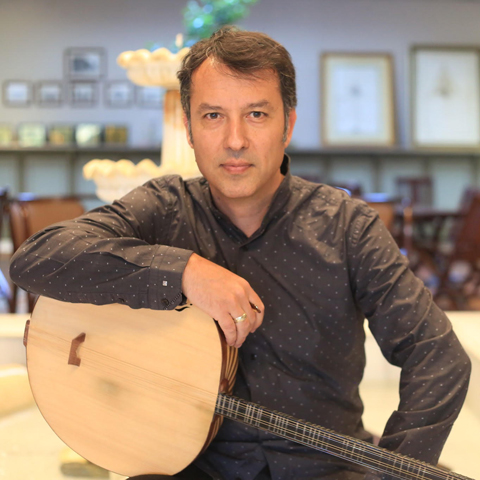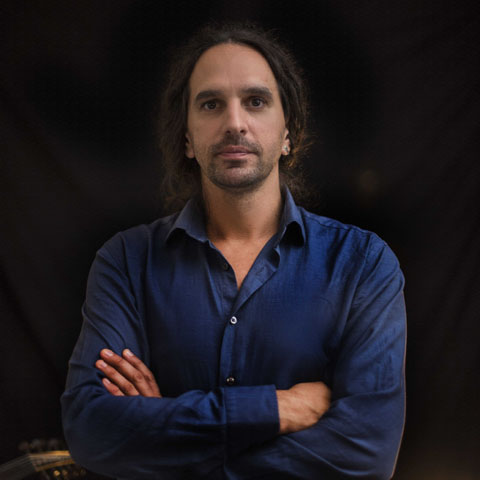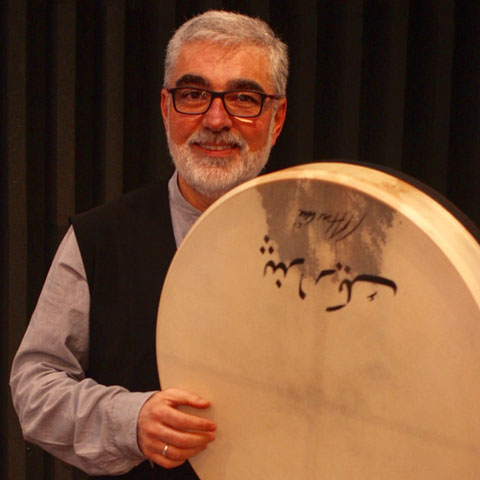
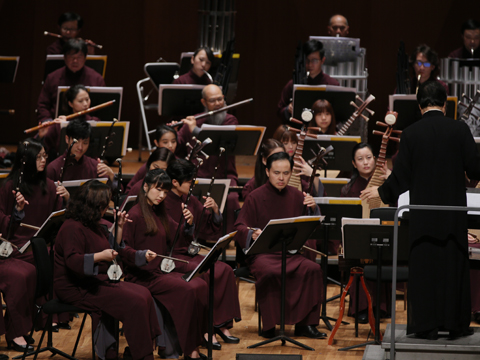
HKCO
Hong Kong Chinese Orchestra Environmental, Social and Governance Artistic Director and Principal Conductor for Life Orchestra Members Council Advisors & Artistic Advisors Council Members Management Team Vacancy Contact Us (Tel: 3185 1600)

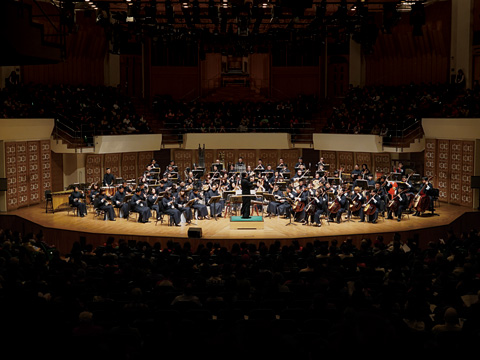
Concerts

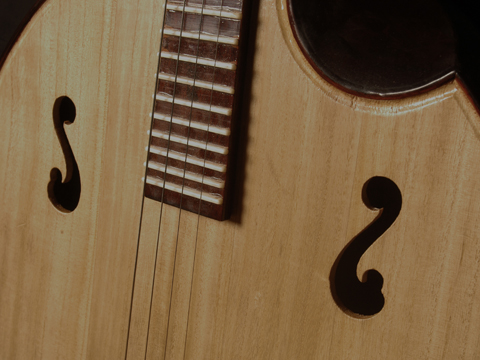
Education
The HKCO Orchestral Academy Hong Kong Youth Zheng Ensemble Hong Kong Young Chinese Orchestra Music Courses Chinese Music Conducting 賽馬會中國音樂教育及推廣計劃 Chinese Music Talent Training Scheme HKJC Chinese Music 360 The International Drum Graded Exam

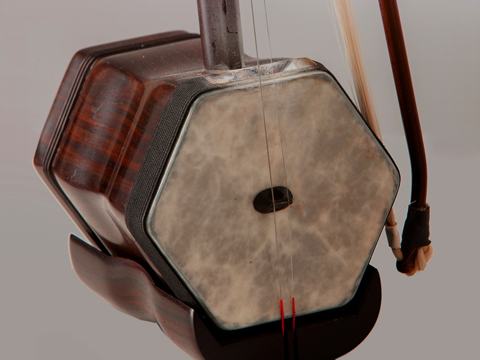
Instrument R&D
Eco-Huqins Chinese Instruments Standard Orchestra Instrument Range Chart and Page Format of the Full Score Configuration of the Orchestra
42nd Orchestral Season
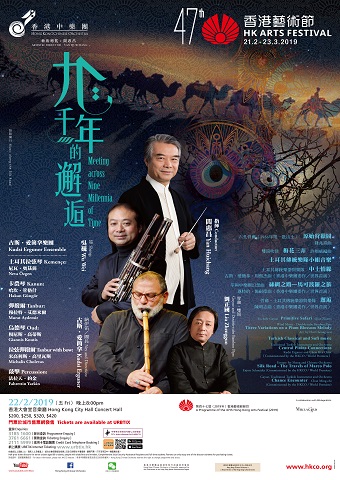
Meeting across Nine Millennia of Time
The 47th(2019) HK Arts Festival Program
Music along the Silk Road
8:00 pm
Sheng: Wu Wei
Performed by: The Kudsi Erguner Ensemble
Ney and Direction: Kudsi Erguner
Kemençe: Neva Özgen
Kanun: Hakan Güngör
Tanbur: Murat Aydemir
Oud: Giannis Koutis
Tanbur with bow: Michalis Cholevas
Percussion: Fahrettin Yarkin
Guyue, a pipe instrument dating nine millennia and excavated in the Neolithic site in Jiahu, can now be heard:
Seven-hole Guyue (Excavated in 1986, first lot of artefacts of the site) Demonstration
Two-hole Guyue (Excavated in 2001, second lot of artefacts of the site) Demonstration
Six-hole Guyue (Excavated in 1986, first lot of artefacts of the site) Primitive Safari
Qian Zhaoxi
Guyue: Liu Zhengguo
Wind Music - Double-tube Bamboo Pipe Three Variations on a Plum Blossom Melody
Arr. by Hui Cheung-wai (Arrangement commissioned by the HKCO / Premiere)
Double-tube Bamboo Pipe: Liu Zhengguo
Turkish Classical and Sufi music
Performed by: The Kudsi Erguner Ensemble
Traditional Turkish Instrument and Orchestra Central Plains Connections - From the Steppes to the Seraglio Kudsi Erguner and Chew Hee Chiat (Commissioned by the HKCO / World Premiere)
Fantasy for Sheng and Chinese Orchestra Silk Road - The Travels of Marco Polo
Enjott Schneider (Commissioned by the HKCO / World Premiere)
Sheng: Wu Wei
I. Towards Smarkand / Reflection I: Marco’s Dream
II. Adventure in the Pamir-Mountains / Reflection II
III. Crossing the Taklamakan / Reflection III
IV. Kublai Khan – Mongolian Conqueror / Reflection IV
V. Beautiful Hangzhou / Reflection V
VI. Farewell & Finale
Guyue, Traditional Turkish Instrument and Orchestra Chance Encounter
Chan Ming-chi (Commissioned by the HKCO / World premiere)
Guyue: Liu Zhengguo
Traditional Turkish Instrument: The Kudsi Erguner Ensemble
On the Historical Development of Musical Instruments and the Evolution of Music
Chow Fan-fu
As its title suggests, the concert ‘Meeting across Nine Millennia of Time’ is intent on highlighting our oldest instruments. Liu Zhengguo plays the guyue bone pipes, including models with two, six, and seven holes, as well as the shuangtong, a double-tube bamboo pipe. Wu Wei plays the sheng, a mouth-blown instrument with vertical pipes. Plus, Turkey’s Kudsi Erguner Ensemble performs on the ney, an end-blown flute, and several string instruments traditional to the region: the kemençe, kanun, oud, tanbur and tanbur-with-bow.
When did musical instruments first come into existence? Just like music itself, no hard and fast answer exists. Ancient civilizations have their own legends about the beginning of their music, which often trace back to primeval times. Before the formation of human languages, it is supposed that people used different pitches and volumes of sounds to communicate, combining with the sounds from nature to create the most primitive forms of music. Later, people beat stone and wood objects to express different feelings, and the first musical instruments took shape. This article explores how ‘Meeting across Nine Millennia of Time’ seeks to rekindle and honour the melodies and instruments of our ancestors.
Juxtaposing ancient and modern musical instruments
As an ancient civilization, China’s history began in 2550 BCE, at the time of the Yellow Emperor (or ‘Xuanyuan Huangdi’). Times before this period are recorded only in mythistory. The Western Asian civilization began in 4500 BCE in Mesopotamia, and ancient musical instruments unearthed there date back to as early as 8000 to 9000 BCE. It is evident that music and instruments existed long before the birth of human civilization. However, like the music that our distant relatives played, the earliest prototypes of these instruments are lost to history and impossible to precisely revive.
Whether in China or in Europe, music and instruments have evolved along different trajectories that parallel the socio-historical changes of different nations. In modern cities, the most familiar Western and Chinese ethnic musical instruments are the ones used in philharmonic and Chinese orchestras. However, they account for a very small number relative to the entire world of musical instruments, and almost all of them are considered modern instruments that have been modified—some might say improved—in one way or another when compared to predecessors from centuries past. When these modern instruments are juxtaposed with the ancient in a concert, the progression of musical instruments is showcased on the stage.
Working with two phenomena: Primitive instruments and simple compositions
The evolution of music and musical instruments had grown from the simplest of forms to relative complexity, then to sophistication in modern history of humankind. This is particularly evident in the development of what is known as European “classical music” over the past several hundred years. Music is a product of the culture that inspires it. As society becomes increasingly complex, people naturally demand more sophisticated expressions of music—the works and the instruments slowly transition from simple to complex. Under such circumstances, to revive ancient musical instruments on the modern stage, one must face two phenomena: the relatively primitive expressiveness of such instruments and, by extension, the relatively simple compositions created for the instruments—something that is most certainly hard to find these days. As such, other than a few adapted pieces, all works performed in this concert are world premieres of newly commissioned works written by contemporary composers.
These two phenomena do not necessarily limit the revival of ancient instruments, but the audience must bear them in mind when appreciating music customized for this purpose. Will these new compositions touch and connect with today’s audiences? The composers and the performers definitely have been challenged to do so.
Understanding acoustics and characteristics
Audience members will better appreciate the concert by learning more about the background and characteristics of the ancient instruments that are featured, particularly how their sounds are produced. A rather popular classification system used for today’s Western philharmonic orchestras is to differentiate by the materials that the instruments are made of: strings, woodwinds, brass, and percussion instruments. Similarly, in China, the “eight sounds”, or the eight main groups of instruments, have traditionally been based on the materials used to create the instruments: metal (for example, the bells), stone (the qing and bianzhong), strings (the qin and se), bamboo (the xiao and dizi), gourd (the yu and sheng), earth (extended to mean pottery; for example, the xun and fou), leather (the leigu drums), and wood (the zhu, yu, and other percussion instruments).
Still another system of classification exists in the Chinese ethnic orchestra, where differentiation is by mode of performance. That is, each instrument is categorized as either a blown (wind), plucked, bowed, or percussion instrument. All these classifications have nothing to do with acoustics and are therefore subject to challenges for being unscientific.
The more scientific and academically accepted classification system is one that differentiates instruments according to how sound is produced on them. This scheme was first put forward by the famous Austrian musicologist, Erich Moritz von Hornbostel (1877–1935) and the German-American musicologist, Curt Sachs (1881–1959), in a thesis entitled The Classification of Musical Instruments, which they published in 1914. The thesis suggested that musical instruments can be categorized into four groups based on how sound is produced: the idiophones, membranophones, chordophones, and aerophones. This classification applies to instruments from all parts of the world and used by different peoples, and it is now a standard system for research. In the academic field, the classification has been named after its two proponents, hence the name Hornbostel-Sachs.
To enjoy the concert’s revived instruments, perhaps it is worth trying to distinguish which of the four categories they belong to by both looking at and listening to them. In discovering their characteristic sounds, audience members can truly meet across nine millennia of time.
Instrumentation
Wind Music- Double-tube Bamboo Pipe Three Variations on a Plum Blossom Melody
Arr. by Hui Cheung-wai (Arrangement commissioned by the HKCO / Premiere)
Traditional Turkish Instrument and Orchestra Central Plains Connections - From the Steppes to the Seraglio
Kudsi Erguner and Chew Hee Chiat (Commissioned by the HKCO / World Premiere)
Fantasy for Sheng and Chinese Orchestra Silk Road - The Travels of Marco Polo
Enjott Schneider (Commissioned by the HKCO / World Premiere)
Guyue, Traditional Turkish Instrument and Orchestra Chance Encounter
Chan Ming-chi (Commissioned by the HKCO / World Premiere)
Introduction to Musical Instruments
Your Support
Friends of HKCO
Copyright © 2025 HKCO
